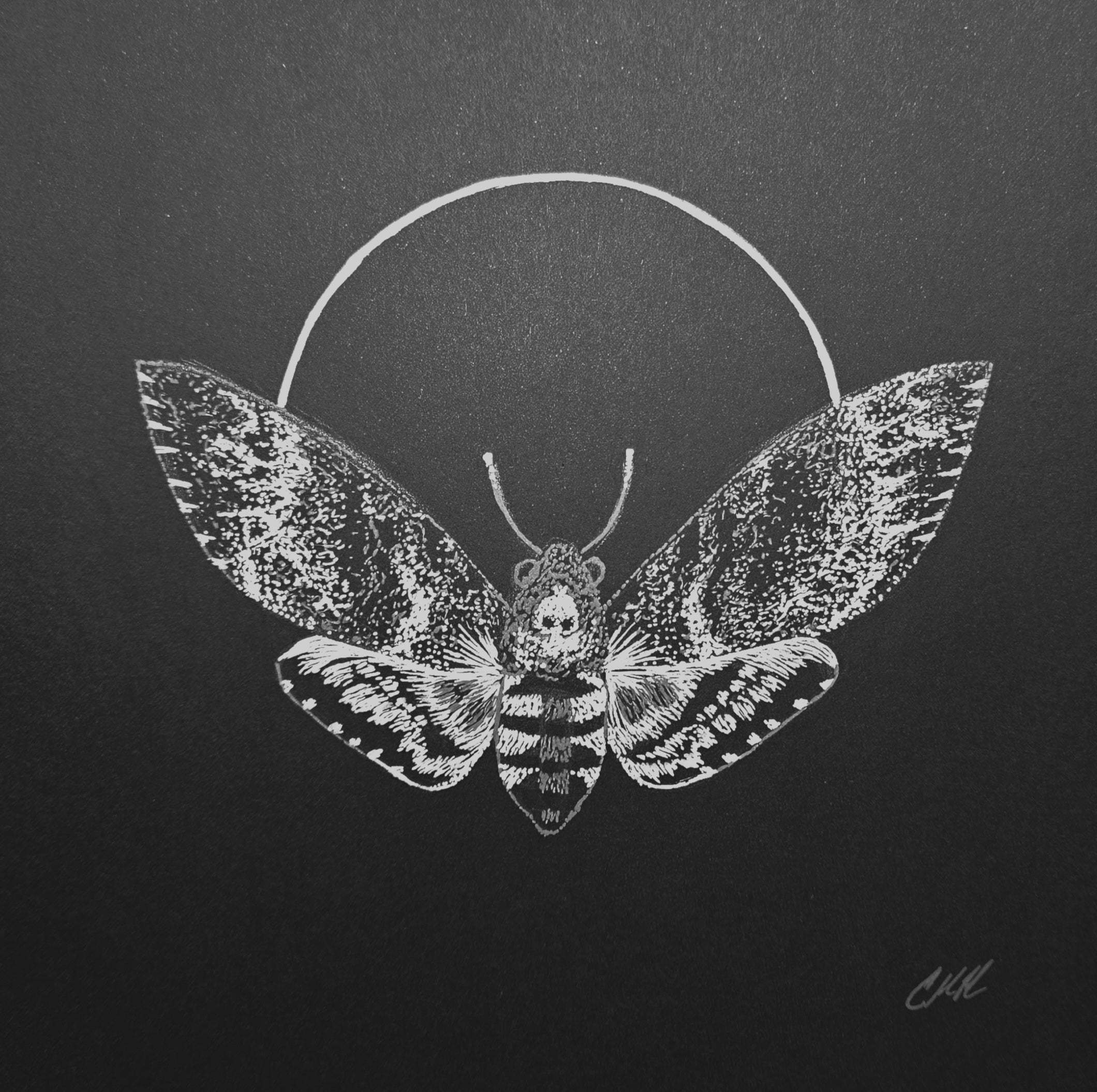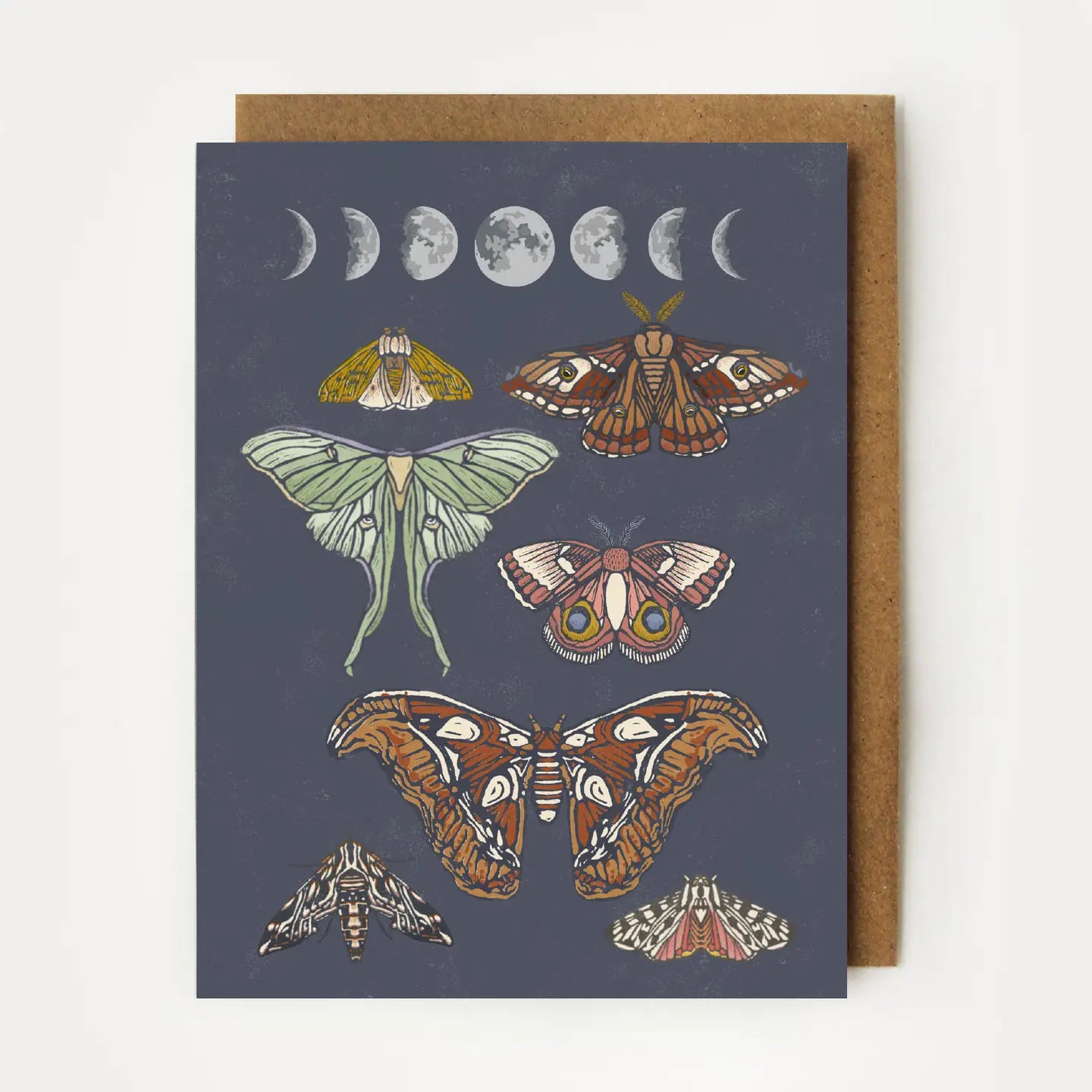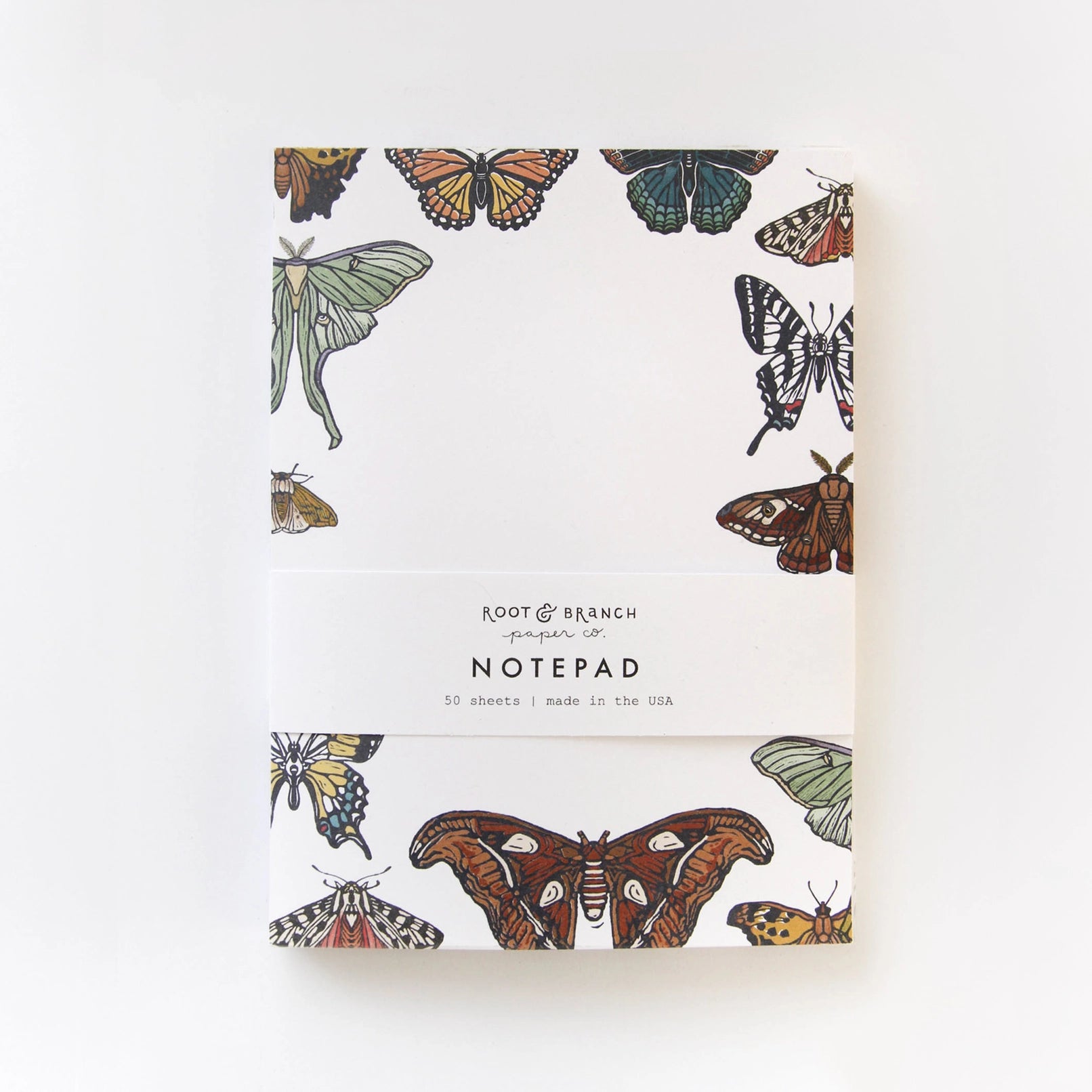If you’ve ever wondered what era of art we’re in right now, you’re not alone. Unlike the clear-cut art movements of the past—Impressionism, Cubism, Abstract Expressionism—the present-day art world is a bit of a wild ride. It’s fast-paced, internet-driven, politically charged, and deeply global. In short, we’re living in a time of artistic pluralism, where no single movement reigns supreme.
So, what does that actually look like? Let’s break down the current trends and movements defining contemporary art today.
|
Quick Summary |
|
We’re currently in the Contemporary Art era, defined by diversity and rapid change. There is no single dominant style—today’s art is pluralistic and cross-disciplinary.
|
What Is Contemporary Art?
Before diving into today’s specific trends, it helps to understand the broader category they fall under. Contemporary art generally refers to art made by living artists, and it's been the dominant era since the 1970s. Unlike modern art, which had a strong focus on formal innovation and aesthetics, contemporary art often emphasizes ideas, experiences, and social context.
The beauty of contemporary art is its flexibility. Artists aren’t confined to one style or medium—they borrow from the past, remix it with technology, and respond to the present moment.
What Is Post-Internet Art?
One of the most defining trends of our time is Post-Internet Art. This doesn’t mean art made before or after the internet—it refers to art made in a world where the internet shapes how we see and interact with everything.
Artists working in this space explore themes like digital identity, online aesthetics, data, and surveillance. The work is often glitchy, layered, meme-like, or interactive. You might see digital collages, 3D renderings, or installations that comment on our screen-obsessed lives.
Notable artists: Petra Cortright, Jon Rafman, Amalia Ulman.
What Are the Effects of Social Media on Art?
Social media isn’t just a place to share art—it actively shapes how art is made. Platforms like Instagram, TikTok, and Pinterest have given rise to visual trends like:
-
Cottagecore and aesthetic maximalism
-
Y2K and nostalgic revival styles
-
Art made specifically to go viral
Artists often design pieces with the feed in mind—square formats, bold colors, or short videos meant to stop the scroll. While this has opened up new opportunities, it also raises questions about the depth, durability, and intent behind what we consider “art.”
How Is AI Changing Art?
The rise of AI tools like Midjourney, DALL·E, and Runway has led to a wave of AI-generated art that’s shaking up the traditional art world. Some artists use AI as a collaborator, others as a tool, and many see it as a new kind of brush or medium.
But this shift also brings controversy: Who owns AI art? Is it really creative? What happens to human expression in a world of algorithmic aesthetics?
AI art is still in its early stages, but it’s already had a huge impact—both visually and philosophically.
What Role Does Identity Play in Today’s Art?
Modern artists are increasingly using their work to explore identity, race, gender, and social justice. This isn’t new, but it’s more central than ever.
Instead of focusing on beauty for beauty’s sake, much of today’s art asks us to think. To feel. To confront uncomfortable truths. Artists like Kara Walker, Simone Leigh, and Theaster Gates are leading the charge, creating work that’s as intellectually rich as it is visually powerful.
What Is Global Contemporary Art?
Art is no longer defined by what’s happening in New York, London, or Paris. Thanks to globalization and digital platforms, artists from every corner of the world now have a voice—and an audience.
This means we’re seeing more work rooted in local culture, indigenous traditions, postcolonial narratives, and hybrid identities. It’s a refreshing counterbalance to the Western-centric art canon.
What Is Post-Disciplinary Art?
Another big trend? Blurring the lines between genres. Artists today often defy categorization. A single piece might combine painting, sculpture, performance, video, and sound. Others might incorporate tech like VR, AR, or 3D printing.
This post-disciplinary or anti-disciplinary approach reflects a world where creativity isn’t boxed in by labels or tools.
So… What Movement of Art Are We In Now?
The short answer: we’re in an era of everything, everywhere, all at once. There is no single “-ism” that defines this moment. Instead, the art world today is characterized by:
-
Conceptual depth
-
Digital fluency
-
Cultural diversity
-
Technological experimentation
-
And a whole lot of fluidity
For artists, this freedom can be exhilarating—but also overwhelming. For collectors, curators, and fans, it means staying open, curious, and ready to question the old rules.
Final Thoughts: Why This Era of Art Matters
We’re in an incredibly dynamic moment in art history. Technology, identity, global politics, and digital culture are all converging, creating space for new voices, new tools, and new ways of seeing the world.
Whether you’re an artist, collector, or just someone trying to understand what’s going on in museums and galleries today, the key is this: there’s no single story. The future of art is wide open.









